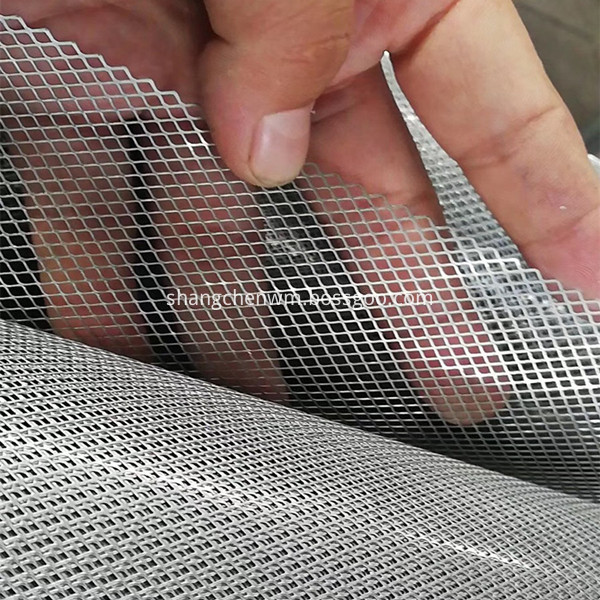Expanded Metal
Expanded metal also named diamond metal mesh, that uses the high quality low carbon steel plate, aluminium plate, stainless steel plate, galvanized steel plate, nickel plate, titanium plate, lead plate and so on be punched to mesh. Expanded metal mesh including: standard expanded metal, flattened expanded metal, architectural expanded metal, micro expanded metal, ribbon expanded metal, custom fabricated expanded metal.
The surface treatment of expanded metal sheet: PVC coated, galvanized, anodizing, antirust painted
The material: high quality low carbon steel plate, aluminium plate, stainless steel plate, galvanized steel plate, nickel plate, titanium plate, lead plate
The uses of expanded metal panel: Filter Mesh, Filter Cartridge, platforms, catwalks, walkways, decorative building, rail enclosures, conveyors, etc
The advantages of expanded metal:
beautiful, strong and durable
uniform mesh, smooth surface, high friction coefficient and strength
easy cutting and process
The mesh is firm
shockproof
resistant to high temperature
no deformation, no rust
non-toxic and tasteless
easy to use

Expanded Copper Mesh,Copper Expanded Mesh,Decorative Expanded Mesh,Stainless Steel Expanded Metal
ANPING COUNTY SHANGCHEN WIREMESH PRODUCTS CO.,LTD , https://www.scwiremesh.com